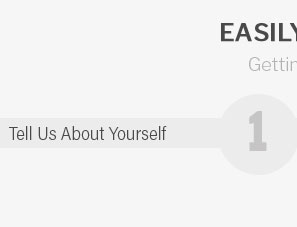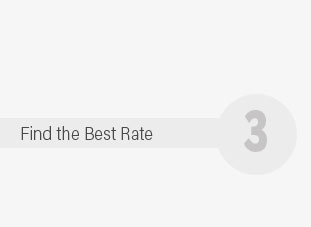 |
 |
 |
|---|
 |
 |
 |
 |
|---|
 |
 |
 |
 |
 |
 |
|---|

Finding the Best Life Insurance for Me: A Comprehensive GuideChoosing the right life insurance policy can be a daunting task, especially with so many options available. This guide will help you navigate the various types of life insurance and determine which might be the best fit for your needs. Understanding Life Insurance TypesTerm Life InsuranceTerm life insurance provides coverage for a specific period, usually between 10 and 30 years. It's often the most affordable option, making it suitable for young families or individuals with temporary financial obligations.
Whole Life InsuranceWhole life insurance offers lifelong coverage and includes a cash value component that grows over time. This type of policy might be ideal for those looking to ensure financial security for their heirs. Learn more about whole life insurance for adults to explore this option further.
Universal Life InsuranceUniversal life insurance provides flexibility with premium payments and death benefits. It's a good choice for those who want the ability to adjust their policy as their financial situation changes.
Factors to Consider When Choosing a PolicyFinancial GoalsConsider your long-term financial goals. Are you looking to support your family in case of untimely death, or do you want a policy that acts as an investment vehicle? Your goals will guide your choice. Age and HealthYour age and health can significantly impact the type and cost of life insurance you can obtain. Younger, healthier individuals generally get better rates. Family NeedsEvaluate your family's financial needs. Consider factors like mortgage, education expenses, and daily living costs to determine how much coverage you require. If you're considering coverage for younger family members, you might explore whole life insurance for children. FAQs About Life InsuranceWhat is the difference between term and whole life insurance?Term life insurance covers you for a specific period, while whole life insurance provides lifelong coverage and includes a cash value component. How do I determine the amount of coverage I need?Consider your financial obligations, such as debt, living expenses, and future goals like children's education, to estimate the coverage amount needed. Can I change my policy type later?Some policies, like universal life insurance, offer flexibility to adjust terms, but switching from term to whole life usually requires a new policy and health evaluation. ConclusionChoosing the best life insurance policy involves assessing your personal and financial needs, understanding the types of insurance available, and considering future goals. By doing so, you can ensure that you and your loved ones are protected financially. https://www.aflac.com/resources/life-insurance/life-insurance-for-young-adults.aspx
Aflac offers term and whole life insurance policies for young adults that may suit your specific needs and provide the coverage you're seeking. https://www.reddit.com/r/LifeInsurance/comments/18dqhw6/what_type_of_life_insurance_should_i_do/
Term life is usually simpler and cheaper, while whole life builds cash value but costs moreconsider what fits your financial goals best. https://www.businessinsider.com/personal-finance/life-insurance/how-much-life-insurance-do-i-need
Learn why Ethos was rated as Business Insider's best life insurance for guaranteed coverage. Apply for life insurance online in just a few ...
|
|---|